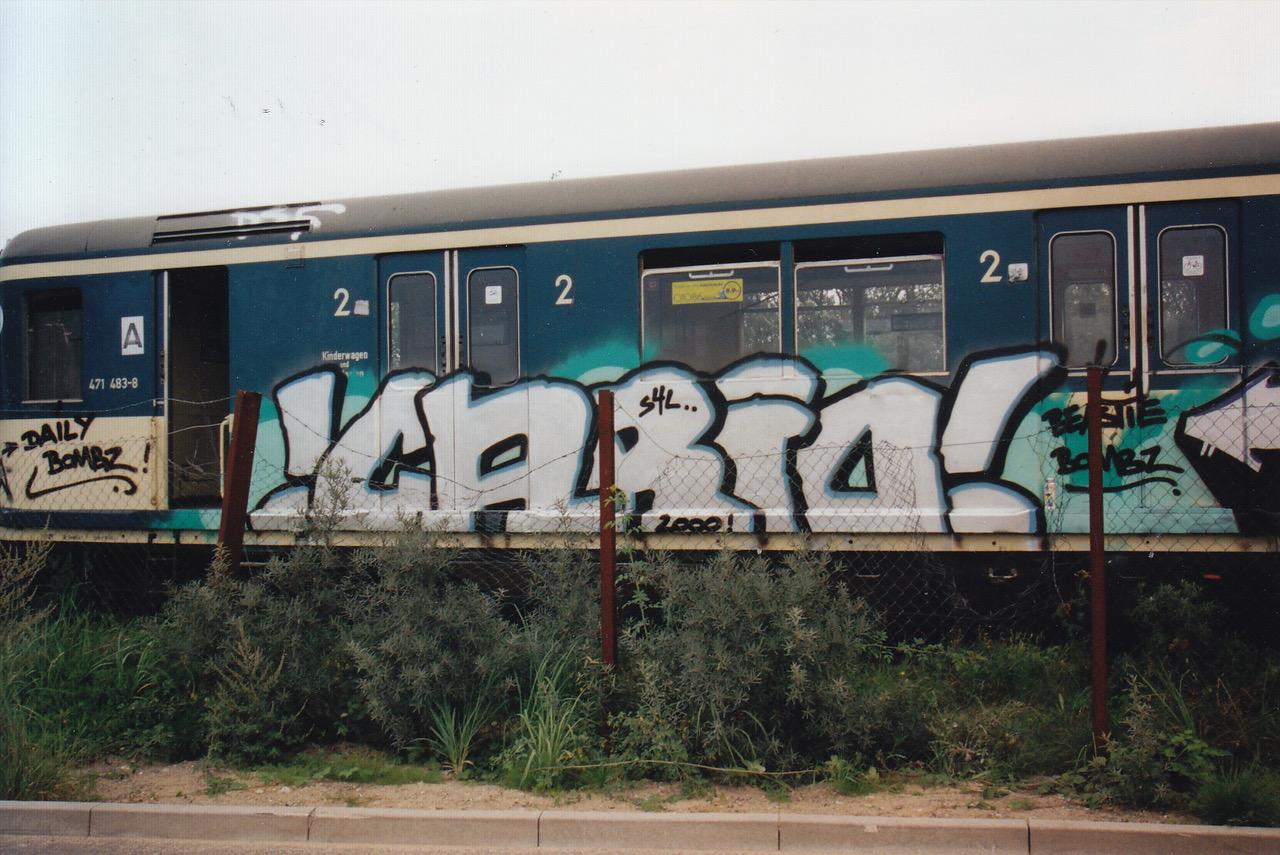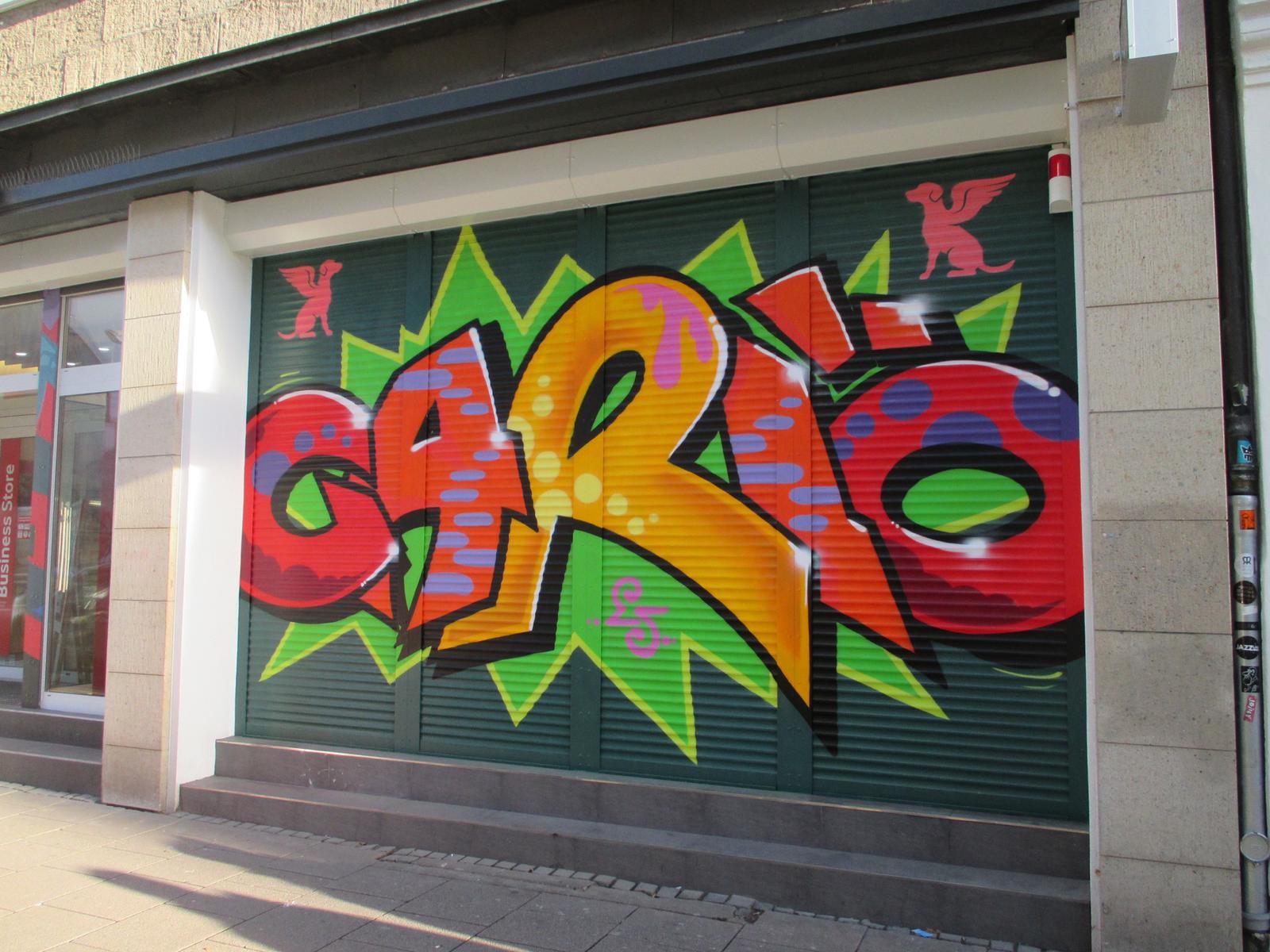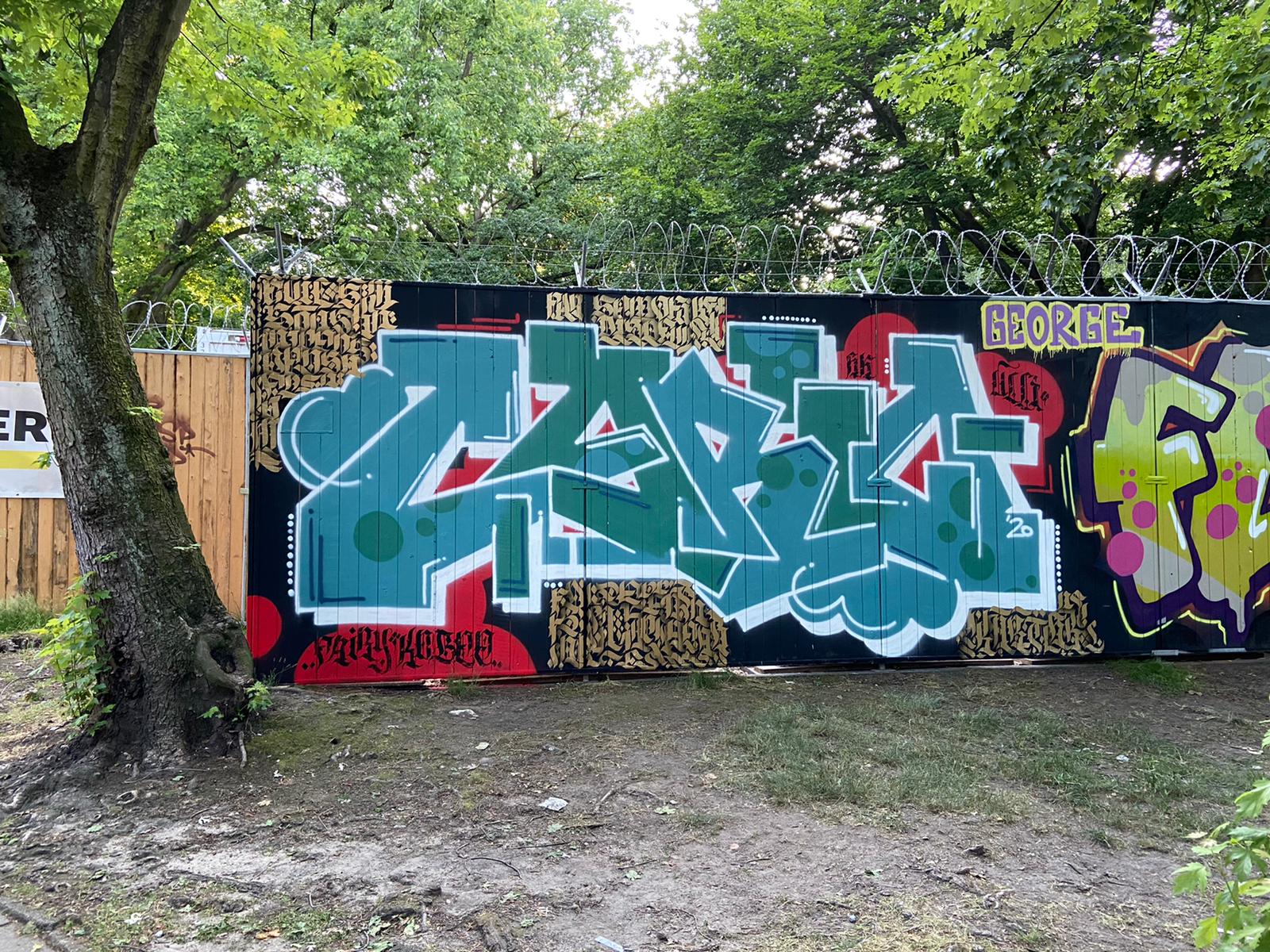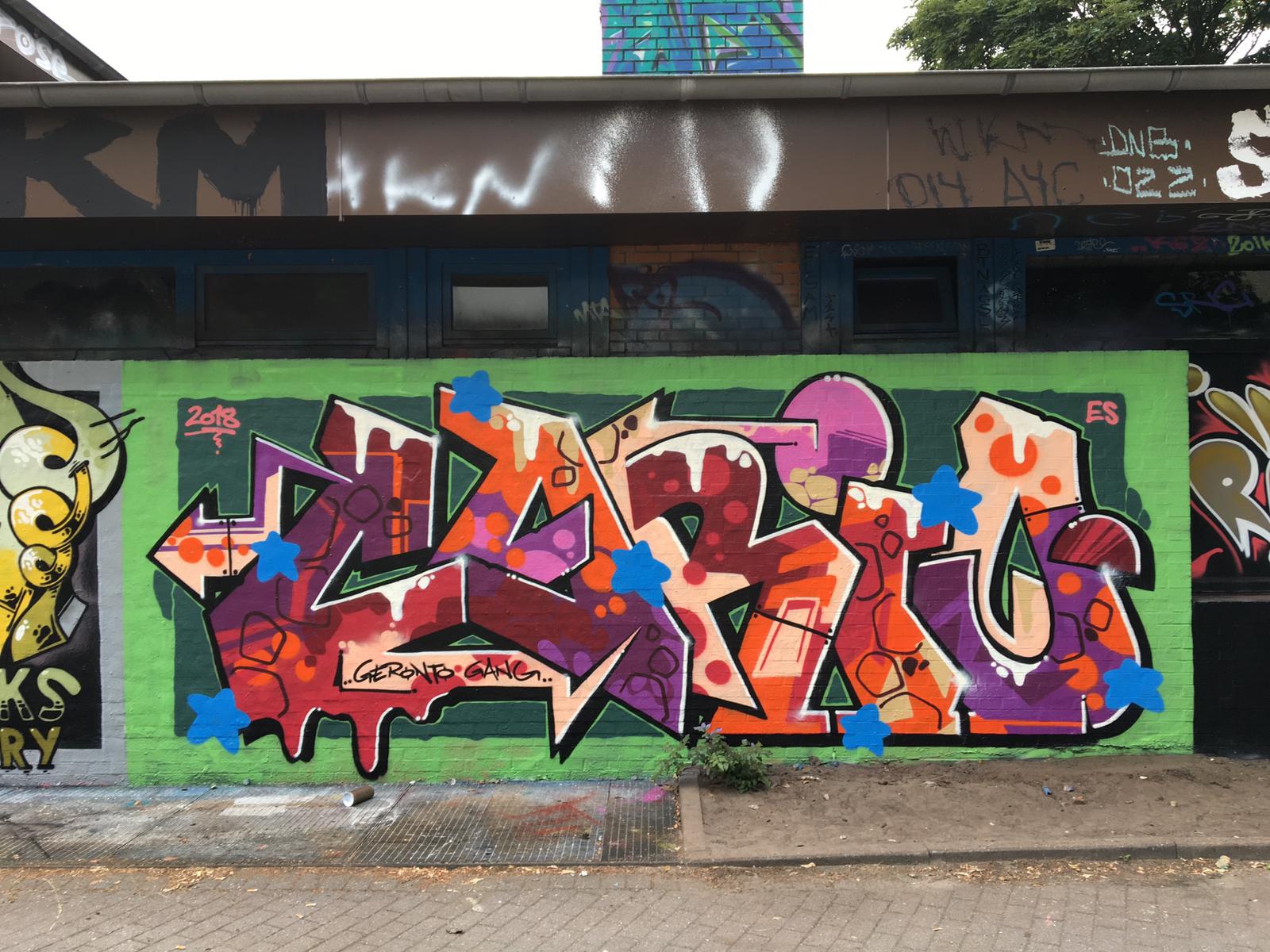Cario
Andreas Timm has been an active graffiti writer on the Hamburg scene since 1988 under the name Cario. From 1992 to 1999 he was editor of one of the first graffiti magazines in Hamburg – Daily Bombs. ch
He did his 1st tag in 1987. After one year he did his first piece.
For many years he was a member of the team of Backspin magazine and is now one of the editors and publicists of
EINESTADTWIRDBUNT.
HAMBURG GRAFFITI HISTORY 1980-1999
MORE: www.einestadtwirdbunt.de
An intensively researched publication dedicated to the history of the Hamburg graffiti scene in the 1980s and 1990
The publication will contain exclusive photo series and original quotations from graffiti writers active at the time, as well as scholarly essays by renowned authors who highlight graffiti as a widely networked subcultural phenomenon and at the same time provide information on practices of appropriating public urban space. In addition to DAIM, the team of editors also includes FRANK PETERING (Backspin Magazin), DAVIS (Beastie Boys Magazin) and CARIO, a graffiti writer who also comes from Hamburg and who early on dealt with the history of graffiti, especially in Hamburg. The four editors have themselves been at home in the graffiti scene for more than 30 years, thus creating an authentic view of the beginnings of our culture, from which a global art form has now developed. In more than three years of research, mostly unpublished photos, sketches, materials and quotations from graffiti writers active at the time and their adjacent fields of activity were collected.
The 30 minute PODCAST is illustrated with previews and photos. But hear yourself…
Graffiti was a teenage thing. Anyone who was an adult was not one of them! The politics in Hamburg had set the course in the 60s and 70s: They wanted to build Hamburg as a modern city. And so large housing estates like Mümmelmannsberg and Kirchdorf-Süd were built. The focus of politics was on these large-scale projects, and districts such as Ottensen, die Schanze or Barmbek were neglected. The first generations of sprayers took these open spaces.







